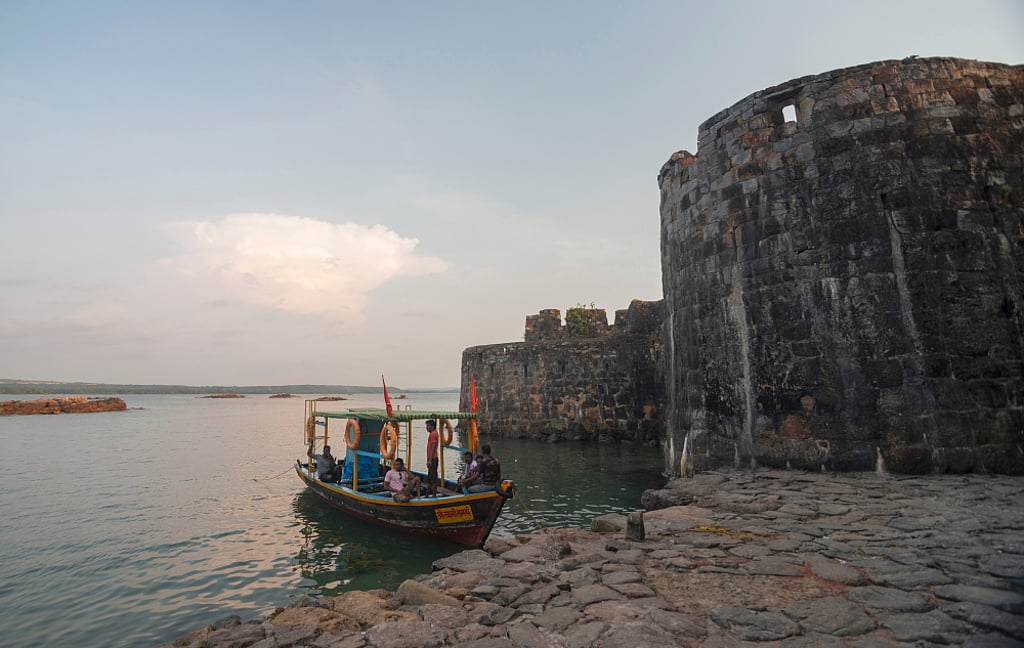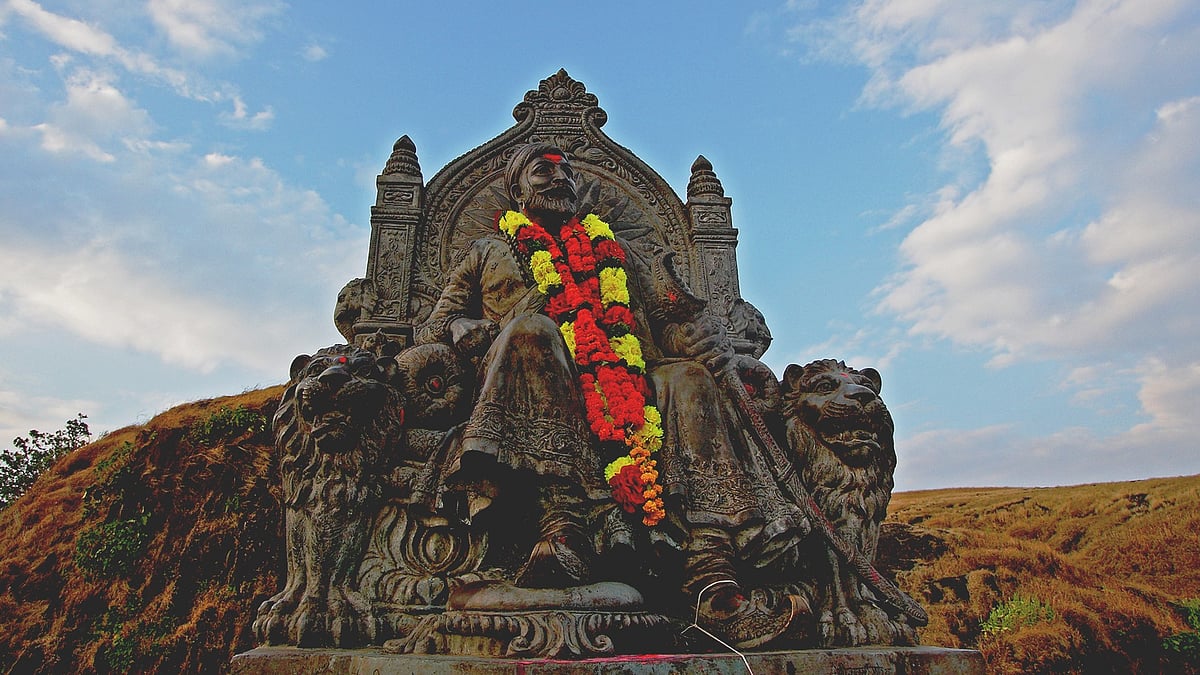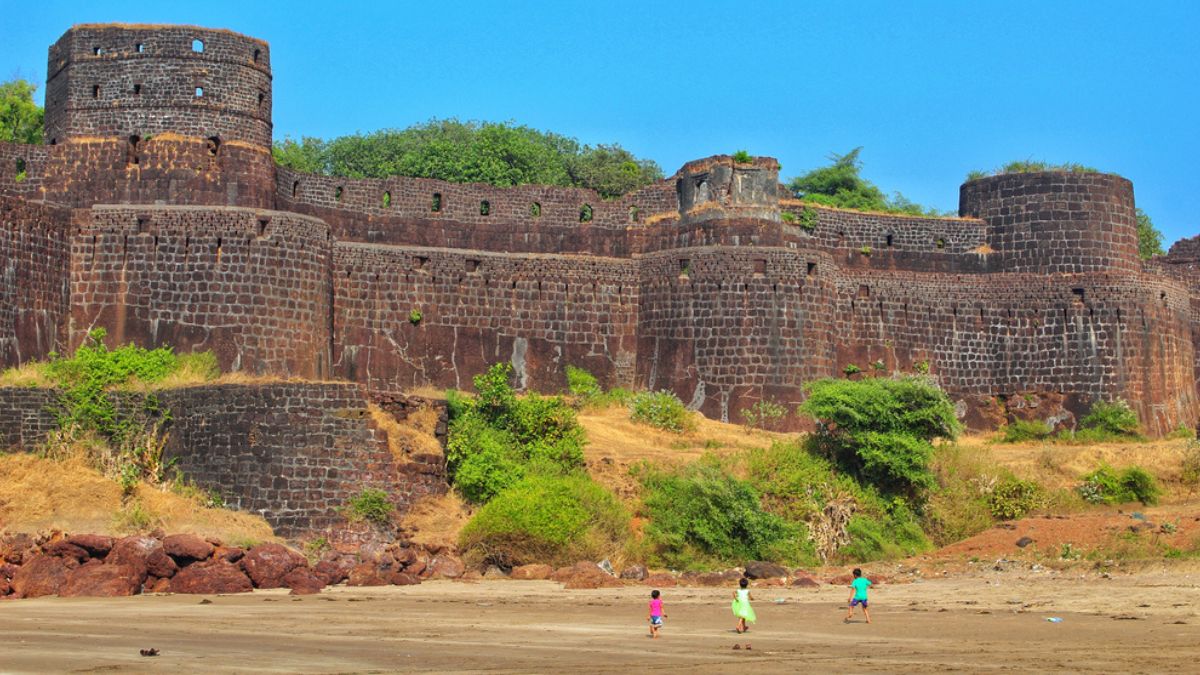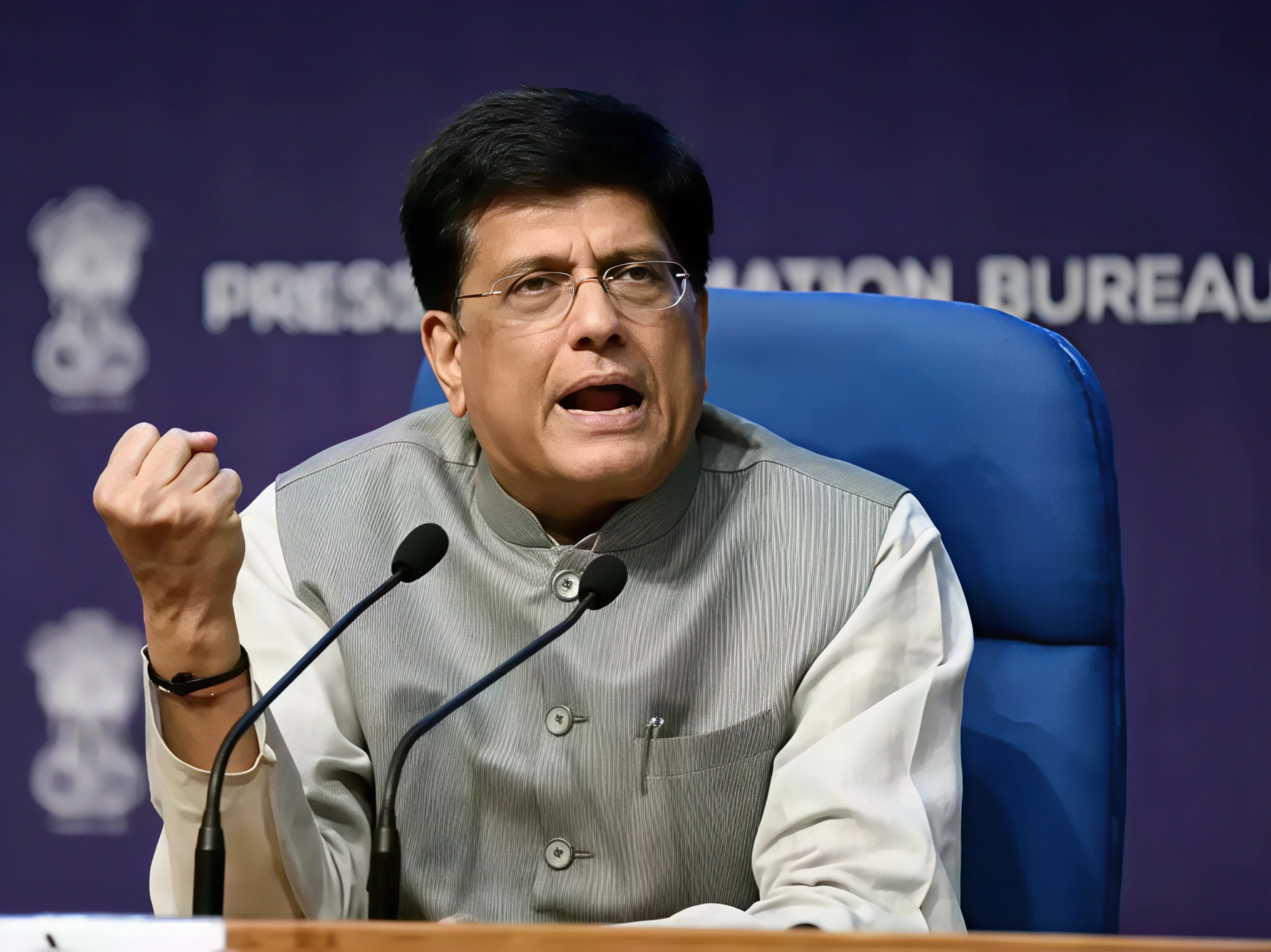A major conservation initiative is set to breathe new life into Maharashtra's legendary Maratha forts, which were recently added to the UNESCO World Heritage list under the title Maratha Military Landscapes. This 10-year plan aims to preserve not just the structural heritage of these forts but also the rich cultural and historical ethos associated with them.

These forts, once the strongholds of the Maratha empire under Chhatrapati Shivaji Maharaj, have stood the test of time as symbols of military ingenuity and self-rule. With the new UNESCO tag in place, the spotlight is firmly on India’s responsibility to protect and manage these sites with precision. The detailed conservation roadmap will focus on restoring fortifications, managing waste and crowd flow, deploying manpower, and maintaining the authenticity of each fort’s character.
The preservation work will not follow a one-size-fits-all model. Officials have pointed out that each fort, whether it is the sea-facing Sindhudurg or the elevated heights of Rajgad, has unique geographical and architectural challenges. Some forts like Shivneri and Salher receive a higher footfall and will be prioritised to improve infrastructure and visitor experience. Entry points, stairways, gates, and key architectural elements will undergo detailed study before conservation begins.

In cases where local communities reside within or around these heritage sites, plans will be made to blend the settlements with the traditional aesthetics of the fort. The government wants these places to not only serve as tourist attractions but also remain living cultural spaces.
Efforts will also be made to make previously inaccessible parts of the forts open and safe for visitors. This includes rocky terrain, damaged pathways, and internal chambers that are currently off-limits due to safety concerns. The project will bring together various government departments, from the Public Works Department and Tourism Ministry to local district planning committees.
One of the major highlights of the plan includes a structured waste management system. While most forts do not currently charge an entry fee, the local administrations may consider a nominal fee to fund cleanliness drives and ensure proper waste disposal. There will be a strict check on plastic use and unregulated tourism practices, with dedicated teams deployed for on-ground monitoring.

The plan also includes educational campaigns to raise awareness among tourists. Visitors will be encouraged to understand the forts not just as historical landmarks but as reflections of a deeper philosophy rooted in the idea of Swarajya, or self-rule. This philosophical aspect played a vital role in securing the UNESCO recognition, as it highlighted how these forts were not just military structures but also pillars of community welfare and governance during the Maratha era.
The twelve listed forts span across Maharashtra and one in Tamil Nadu, with iconic names like Raigad, Panhala, Pratapgad, Sindhudurg, Gingee Fort and more. These are not just relics of history but narratives in stone, and this long-term preservation plan seeks to keep those stories alive for future generations.
For more updates on heritage tourism and India’s historic wonders, follow Travel Moves on Instagram and Facebook.








